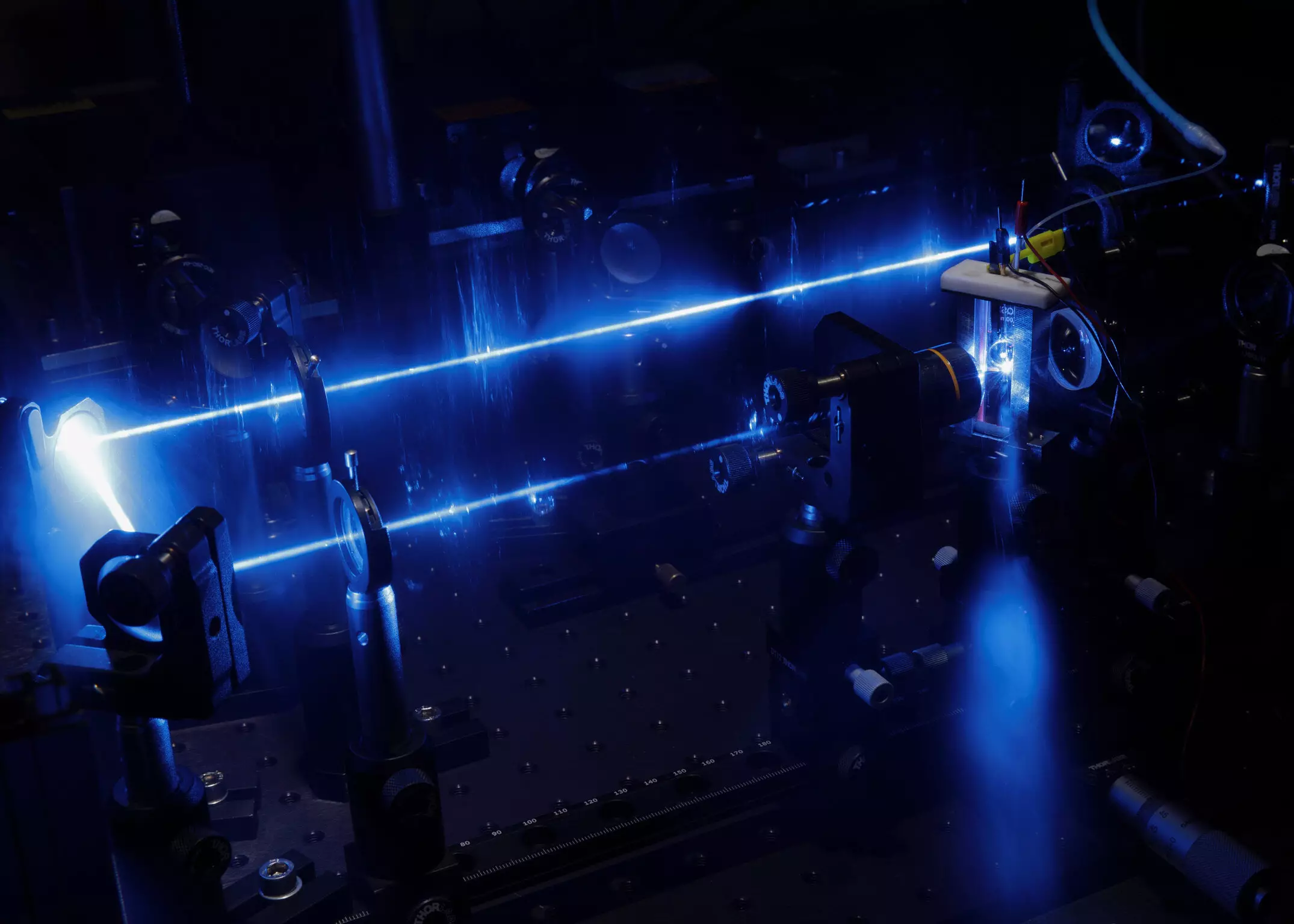Iron compounds have long been overlooked in the field of light-to-energy conversion due to the perception that they are less efficient compared to rare metals such as iridium or ruthenium. However, a recent study conducted by scientists from the Leibniz Institute of Photonic Technology (Leibniz IPHT) and the Universities of Jena and Ulm has shed light on the potential of iron complexes in sustainable technologies. By exploring the influence of small changes in chemical structure on the properties of iron compounds, the researchers have demonstrated that iron complexes can be a viable and environmentally friendly alternative in various applications.
The study highlights the significance of the second coordination sphere in iron compounds, a region of the molecule that indirectly affects the behavior of the iron atom. By manipulating this region through the addition or removal of protons, the researchers were able to observe variations in how the iron compounds react to light absorption. This control over light absorption opens up new possibilities for tailoring the properties of iron complexes to enhance their efficiency in light-to-energy conversion processes.
One of the key findings of the study is the efficient light absorption capabilities of iron compounds, coupled with the ability to modify their properties through simple chemical alterations. This discovery paves the way for the development of iron-based catalysts and materials for use in photovoltaics, catalysis, and other sustainable chemical processes. Prof. Dr. Benjamin Dietzek-Ivanić, the spokesperson of CRC CataLight, emphasizes the exciting opportunities that arise from the precise control of light absorption in iron complexes, hinting at a future where iron compounds play a central role in sustainable technologies.
Traditionally, research in the field of light-to-energy conversion has focused on expensive and rare materials like iridium and ruthenium. However, the study by the team from the Universities of Jena and Ulm introduces iron compounds as a cost-effective and sustainable alternative. By demonstrating the tunability of iron complexes through chemical modifications, the researchers have positioned iron compounds as a promising candidate for applications in various technologies.
The research conducted by the scientists from Leibniz IPHT and the Universities of Jena and Ulm underscores the potential of iron compounds in sustainable technologies. By understanding and manipulating the second coordination sphere of iron complexes, the properties of these compounds can be tailored to enhance their efficiency in light-to-energy conversion processes. This breakthrough opens up new avenues for utilizing iron-based materials in environmentally friendly applications, marking a significant step towards a more sustainable future.


Leave a Reply